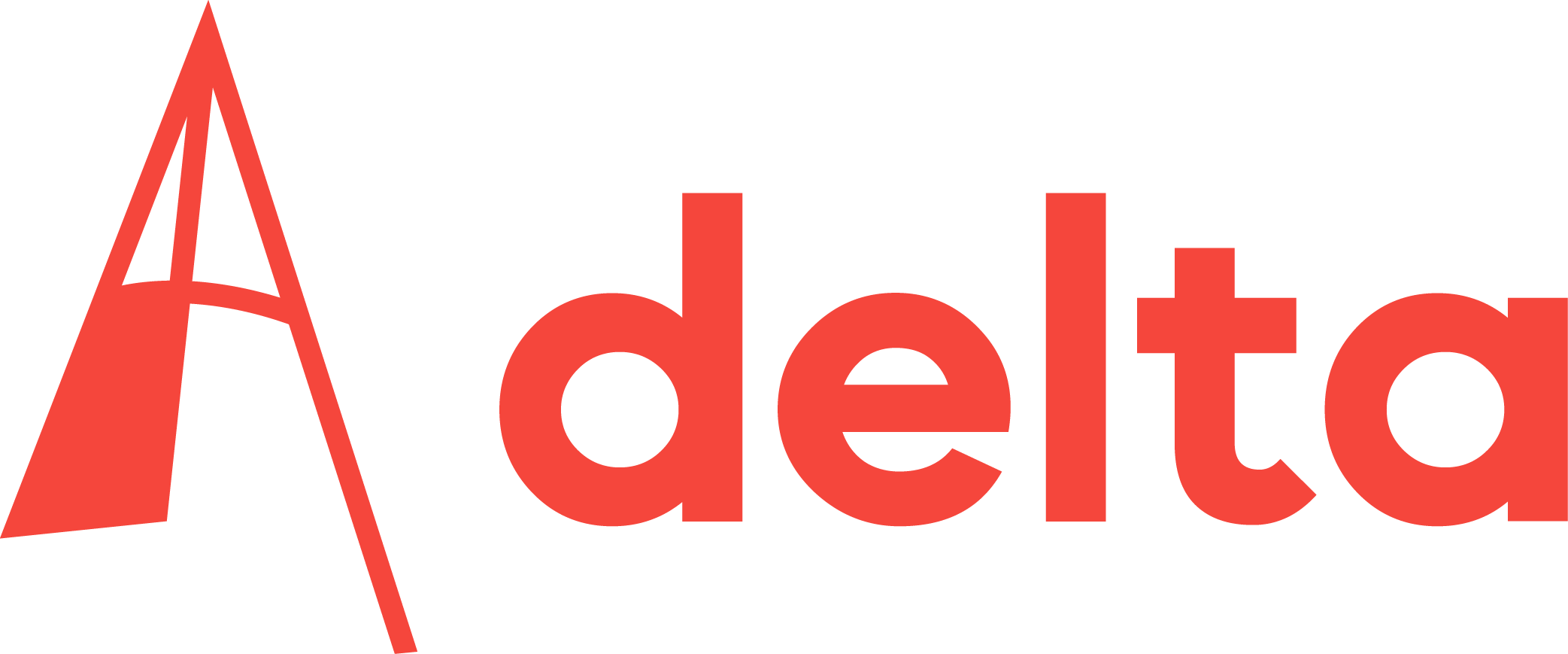A solar-powered glider, a power-generating kite and a silent motor glider. Last week saw the presentation of nine bachelor projects at Aeronautical Engineering.
TU Delft and the Netherlands Forensic Institute (NFI) are developing a device that must help unravel the chemical signature of fingerprints.
For ten weeks, six student teams have been developing serious games. After having faced various, possibly conflicting, challenges, they presented their prototypes in the D@ta Hall on Tuesday, January 20, 2015.
Het KNAW trekt ten strijde tegen biobrandstoffen. Deze zouden nauwelijks leiden tot verminderde CO2-uitstoot.
Van het verbruik van fossiele brandstoffen moeten we op den duur af. Daar lijkt iedereen het over eens.
Het klimaat verandert, en dat leidt tot grote problemen in steden. Stedenbouwkundige Anne Witteveen studeerde af op het grensvlak tussen stedenbouwkunde, klimaatadaptatie en sociaal-maatschappelijke betrokkenheid en maakt van regen als vloek een zegen.
PhD candidate Shou-En Zhu developed a method that could produce high-quality graphene for a fraction of the current price. What’s more, he demonstrated the quality in working devices.
30,000 Colombians are missing a leg and, to make matters worse, it’s very difficult for amputees to get a prosthesis.
This fact was the starting point for six students from three departments at Industrial Design and Engineering who are collaborating on a Joint Masters Project (JMP).
Future cities should become more sustainable, or, to put it more precisely: fossil-free, climate-adaptive and circular in nature.
High-speed trains have brought stations back into the spotlight all over Europe. Researcher and architect Ana Conceição studied how these buildings are best woven into the city.

